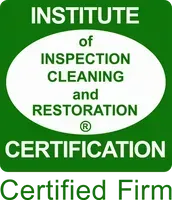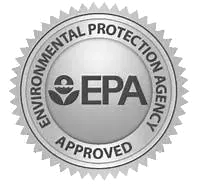Spot the Signs Before It Spreads
Mold growth can start small but spread quickly, causing damage to your property and health. Keep an eye out for these warning signs:
Musty Odors
A persistent, damp smell is often the first sign of hidden mold
Discolored Spots
Black, green, or white patches on walls, ceilings, or surfaces
Health Symptoms
Persistent allergies, headaches, or respiratory issues could indicate mold exposure.
Mold thrives in hidden spaces like basements, crawlspaces, and behind walls. If you suspect mold in your home or business, contact Bales Cleaning & Restoration right away.
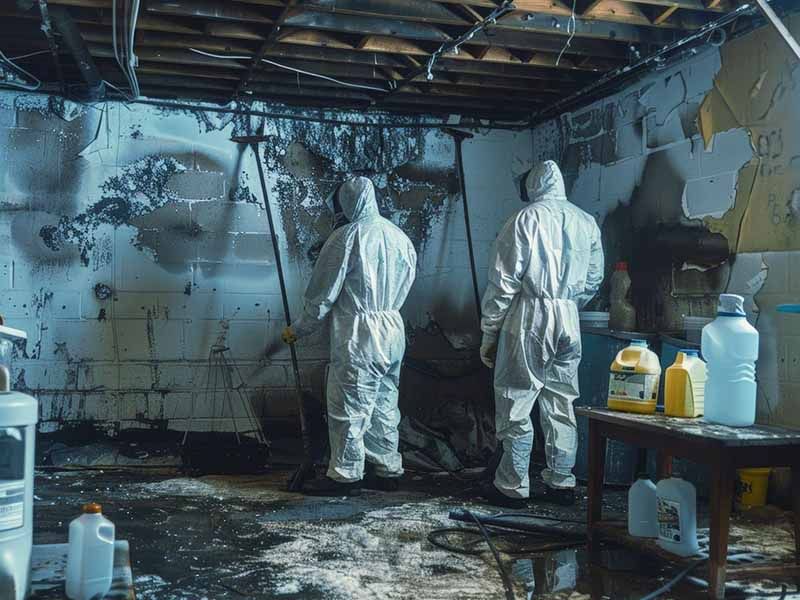
When Disaster Strikes, Call Bales
Saint Charles' Trusted Restoration Experts
When disaster strikes, you need a team you can trust. Bales Cleaning & Restoration is here to bring your home or business back to life after water, mold, fire, or storm damage.
As a locally owned company, we take pride in delivering fast, reliable services with a personal touch.
Types of Mold and Mold Damage
Not All Mold Is the Same—We’re Ready for It All
Mold can come in many forms, each with its own risks and challenges. Our team is equipped to handle:
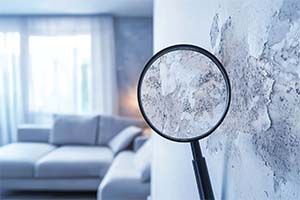
Allergenic Mold
Causes allergic reactions and respiratory issues
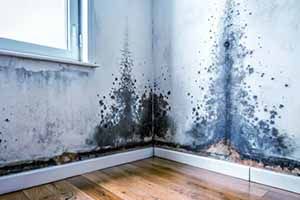
Pathogenic Mold
Dangerous for those with weakened immune systems
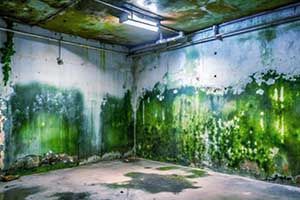
Toxigenic Mold
Produces harmful toxins and poses serious health risks
No matter the type of mold or the extent of the damage, our experts will remove it safely and completely. We’ll also address the underlying moisture issues to prevent it from returning.
Why Call Bales for Mold Removal?
Safe, Thorough, and Hassle-Free Mold Remediation
When you call Bales Cleaning & Restoration, you’re not just getting mold removal—you’re getting peace of mind. Here’s why we’re the right choice:
Certified Experts
Our team is trained and certified to handle mold safely and effectively.
Advanced Techniques
We use cutting-edge equipment to remove mold and restore your space.
Full-Service Restoration
Need repairs after remediation? Our in-house construction team ensures seamless restoration.
Insurance Support
We’ll assist with claims to make the process stress-free.
Mold is no match for our expertise. Call us today, and let’s make your home or business mold-free and safe.
FAQs
Can I clean mold myself?
Small patches may be manageable, but improper cleaning can cause mold to spread or expose you to harmful spores. For significant mold growth, professional remediation is essential.
How long does mold removal take?
Most projects take 1–3 days, depending on the extent of the mold and necessary repairs.
Will mold come back after it’s removed?
Not if the underlying moisture issue is addressed. We identify and fix the source to prevent recurrence.
Get Expert Help Right Where You Are
Serving Saint Charles and Nearby Communities
At Bales Cleaning & Restoration, we’re proud to serve Saint Charles, MO, and the surrounding areas with fast, professional restoration services.
When you reach out, our friendly team will guide you through the next steps—from scheduling your assessment to answering all your questions.
Contact Us
We will get back to you as soon as possible.
Please try again later.
Trusted and Certified for Your Peace of Mind
